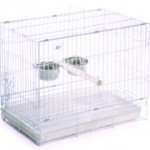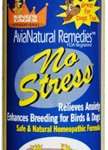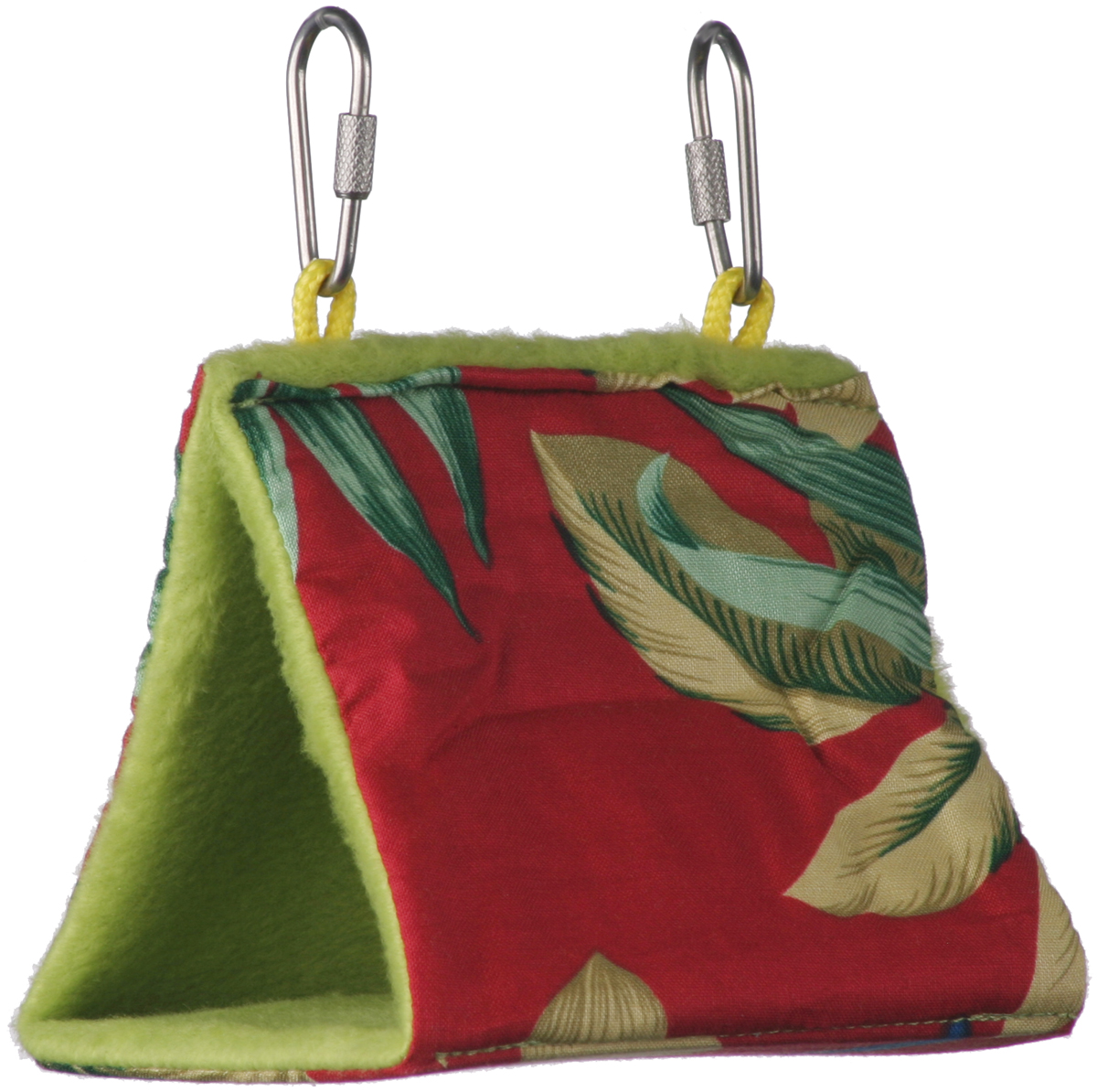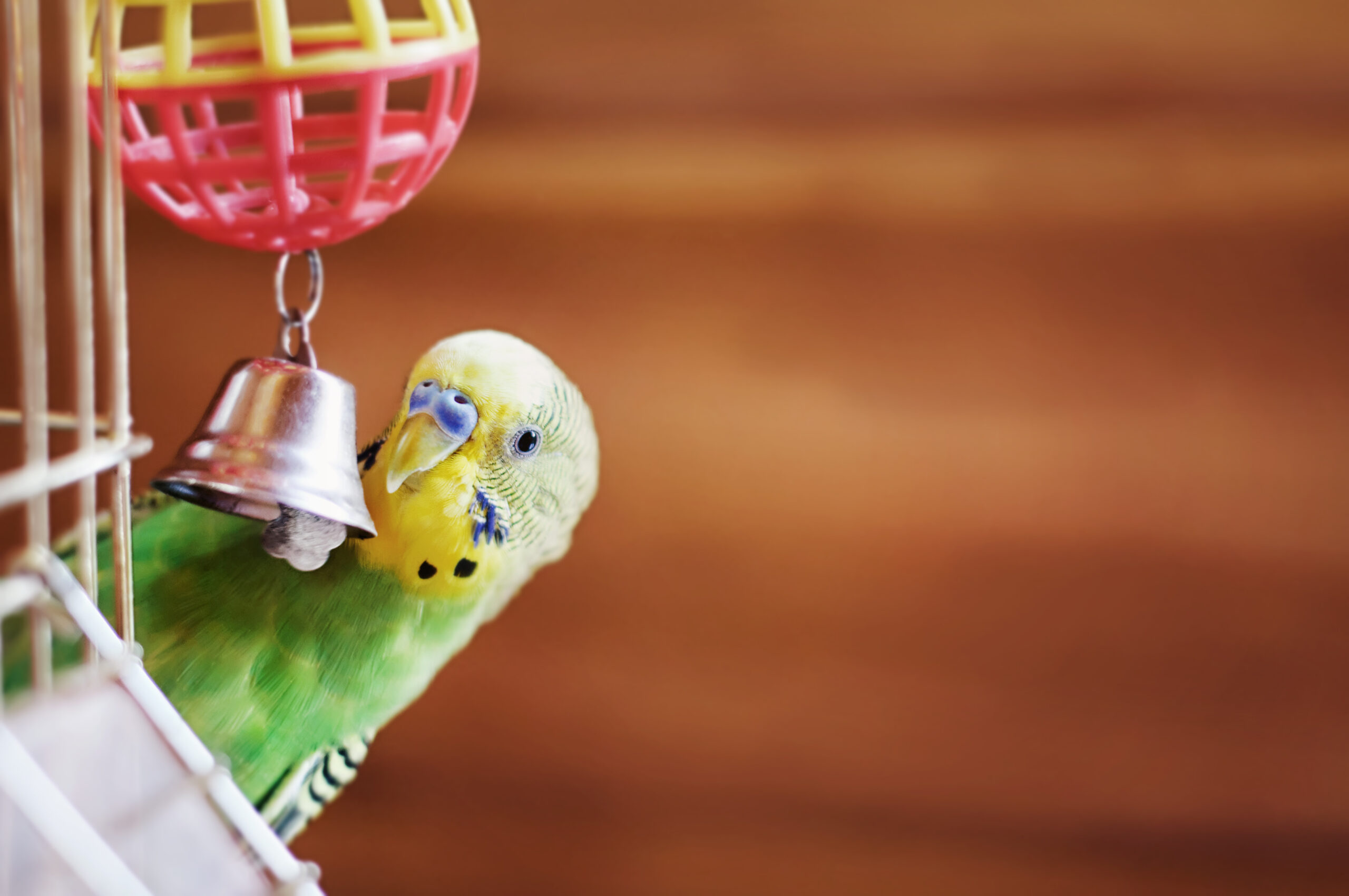How to Travel with a Pet Bird-Part 2
How to Travel with a Pet Bird-Part 2
Getting Your Bird Ready for Travel
Working with your bird well in advance of planned travel is the best way to reduce stress, as you get him acclimated to the idea and comfortable with his portable environment. It’s important to get your bird used to the car and his travel equipment, such as the carrier. You can keep the carrier near your bird’s cage at home with free carrier access and let him explore. If your bird has not used a water bottle or stand, start acclimating your bird to them at home so he knows how to use them. If your bird has never used a water bottle before, monitor the water level in the bottle and your bird’s activities to avoid dehydration when trying to acclimate to the water bottle. If your bird does not learn to use the water bottle, you may need to use a deep water crock and plan for possible spills during travel. If you plan to use a harness on your trip, this is another thing you should familiarize your bird with before the trip.
If you are taking a driving trip, you’ll need to begin taking your bird on short excursions in the car to get him used to the sights and sounds. This is also the right time to see how your equipment works out – check to see that toys are safely installed, look for any chewing damage to the carrier after short trips, check clips and locks, ensure that things don’t move around too much within the cage and your bird is secure. It’s a good idea to keep your bird’s travel carrier safely strapped into a seat where he can see and hear you or other family members for reassurance. The back seat is preferable for your bird’s carrier, since airbags are a risk. Remember to monitor heating and air conditioning vents so they are not blowing directly on your bird. Just as with kids or other pets, do not leave your bird unattended in the car. Never let your bird loose in the car – you don’t want him to escape out a window or when a door is opened.
Your bird should be in good health when you set out on your trip. If you are flying or driving to another state, you may be required to obtain a health certificate for your bird prior to your trip and carry it with you. You may also want to have his wings clipped for safety, as well as having nails trimmed.
Travel Arrangements and Details
Every trip you take with your bird will be different, and depending on your mode of travel and destination there will be various details to take care of. If you are traveling by air, you’ll need to check with your airline about their pet travel policies. Be sure to plan well in advance, and find out where your bird is allowed to travel (under the seat, caged in a purchased seat, in the cargo hold) and what carrier requirements the airline has. Carefully consider the options available to you with each airline and make the best choice for your bird.
International travel has its own set of preparations, as each country has policies and regulations on live animal imports. Your bird may be subject to a period of quarantine upon arrival, and will require a health certificate. For more detailed information on specific countries, www.pettravel.com is a good place to start. Be sure to check directly with the governing body of your destination country as well.
If hotel stays will be required, you’ll want to research bird-friendly accommodations well in advance. Let the hotel know you’ll be bringing your bird when you make your reservations, and check on any pet policies and required deposits so there are no surprises when you arrive. These websites featuring pet-friendly travel resources can help you plan your trip:
www.gopetfriendly.com
www.pettravelcenter.com
www.travelpets.com
www.petswelcome.com
Safe and enjoyable travel with your bird does take planning and attention to detail, but it’s worth it to share your trips with a happy and healthy companion.





